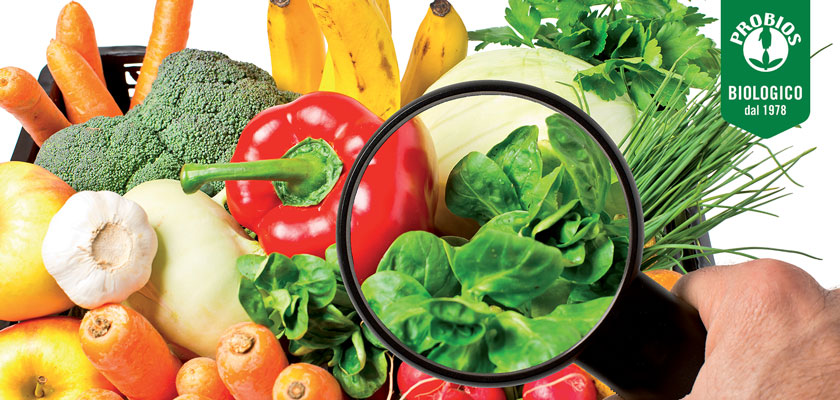
What they are
GMO is an acronym that, in recent times, is often found on the lips of many and indicates a "genetically modified organism" through genetic engineering methods, which provide for the supplement, deprivation or modification of genetic elements.
Background
The first modern GMO was studied and obtained in 1973 by Stanley Norman Cohen and Herbert Boyer, two American researchers who, through molecular biology techniques, were the first to clone a frog gene, realizing the Recombinant DNA technique. Over the years, innovation after innovation, GMOs have been used as a starting point for new medicines, such as enzymes to reduce the environmental impact of the industry, but also plants and animals that are more resistant to disease and perform better at production and environmental levels.
The ban in Italy
In Italy genetically modified organisms do not enjoy a great reputation, clashing with a public imagery that is anything but positive and tolerant. Our country is among those that prohibit the cultivation of GMO, but allowing its importation. Furthermore, it would seem to be moving towards a different direction: the European Court of Justice, on 13 September 2017, has declared unjustified the prohibition of the cultivation of MON 810 corn, foreseen by the previous interministerial decree of 12 July 2013. Perhaps a step towards the future.
Organic farming VS GMOs
On the opposite side of the GMO shore, organic farming is the best solution for developing a production standard that respects nature. In fact, this type of agriculture allows farming and breeding only through the use of natural substances, which are therefore present in nature, without the use of chemical factors. Sustainability, longevity and genuineness are the key values of the organic model which, by definition, presupposes that the product doesn’t derive and doesn’t contain genetically modified organisms.
Sources: associazionelucacoscioni.it, dionidream.com, lifegate.it





